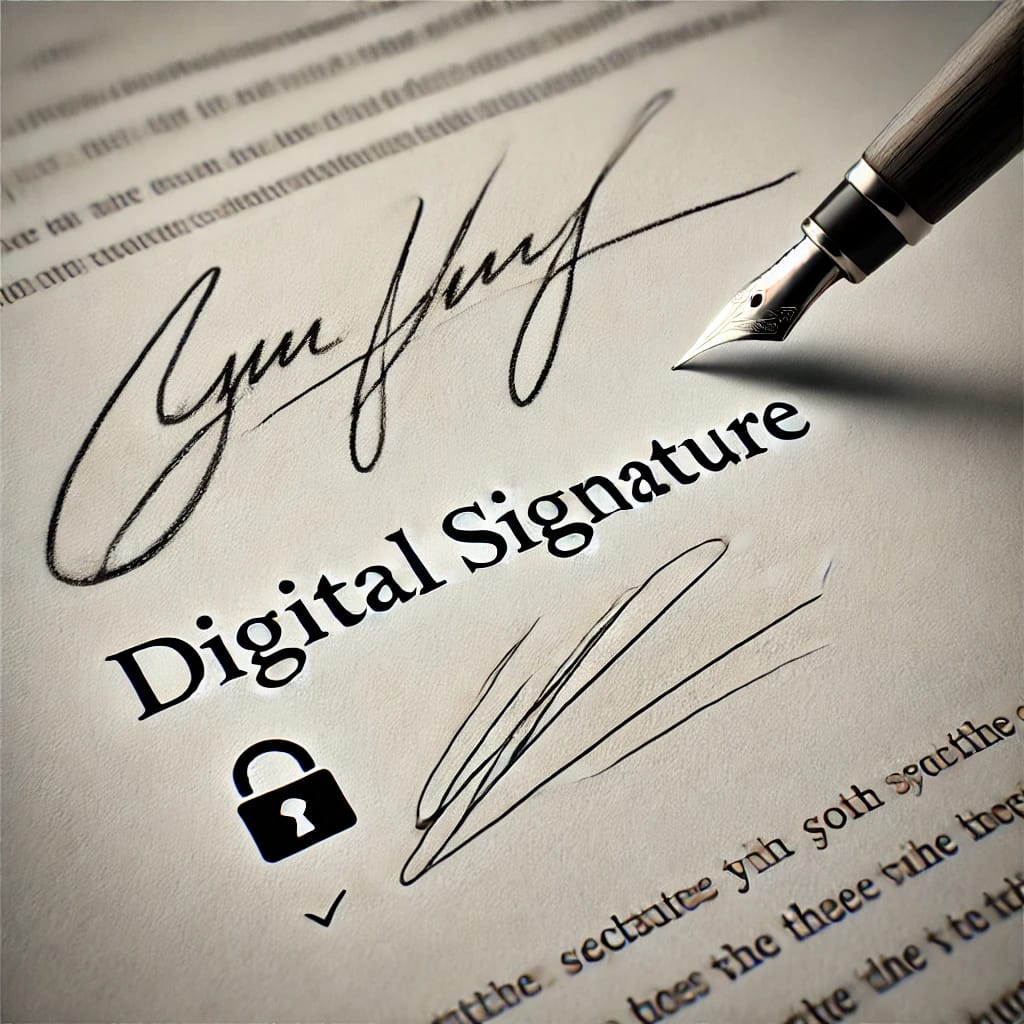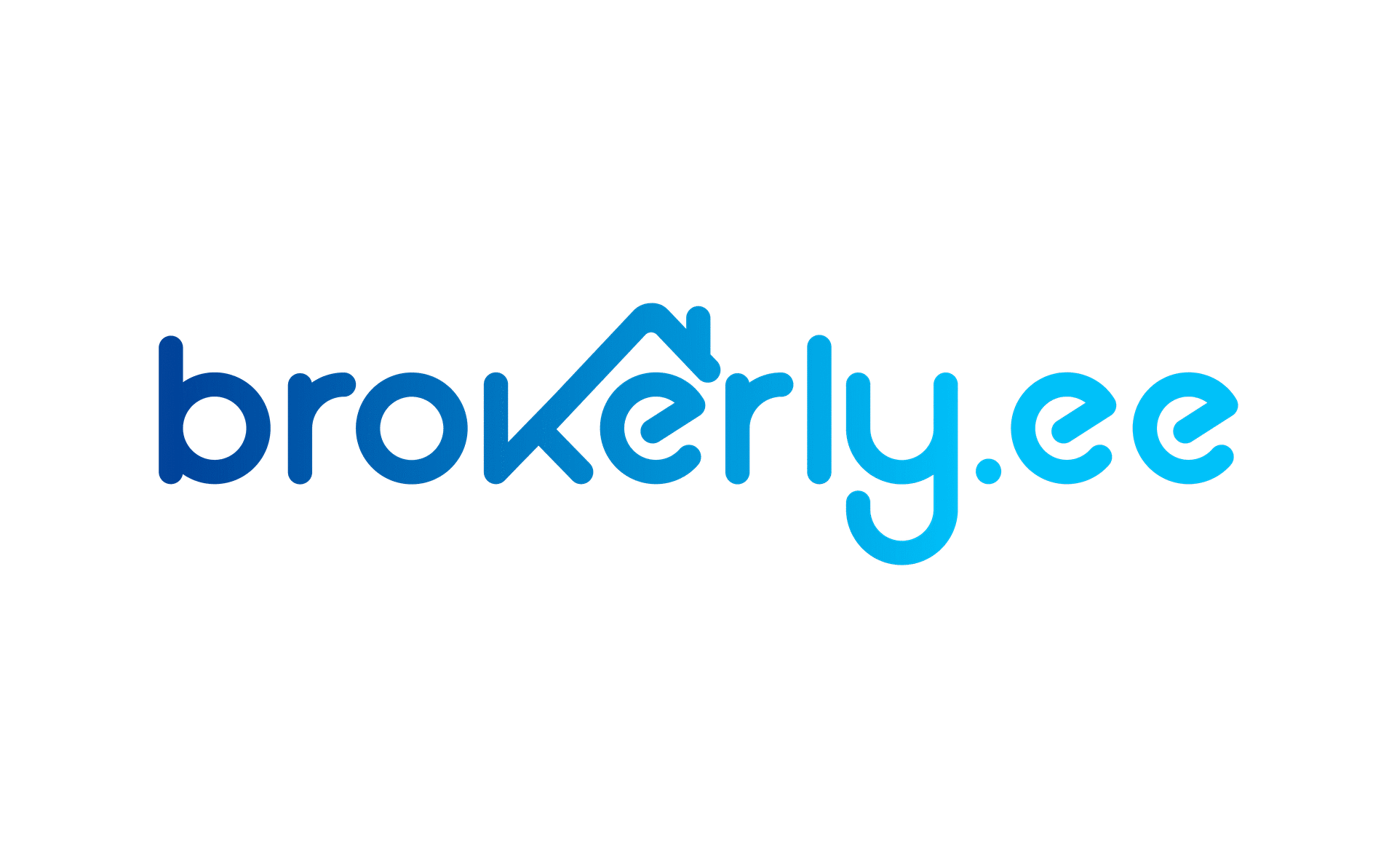In Estonia, a digital signature refers to an electronic method for signing documents securely, legally, and conveniently using a digital identity. Estonians use digital signatures extensively for various official, legal, and everyday transactions. This digital identity, stored on their national ID card, mobile ID, or the Smart-ID app, enables users to securely sign documents, confirm their identity online, and authorize transactions.
Estonian digital signatures are legally equivalent to handwritten signatures and comply with the European Union’s eIDAS regulation, meaning they are recognized across the EU. Digital signatures allow Estonians to complete bureaucratic tasks, from signing contracts and submitting tax declarations to interacting with government services, without needing to be physically present. The signature is also time-stamped and cryptographically secured, ensuring authenticity and preventing tampering.
To create an Estonian digital signature, you need a few specific tools and programs that support Estonia’s digital ID infrastructure. Here’s a breakdown of what’s needed:
- ID Software: The primary software is provided by the Estonian government and is called DigiDoc4. It allows you to sign, open, and verify digitally signed documents. DigiDoc4 works on Windows, macOS, and Linux.
- Digital Identity Authentication:
- ID Card: Most Estonians use their national ID card with a card reader for digital signatures. E-resident’s digital ID To use it, you’ll need:
- An ID card reader (USB-based).
- DigiDoc4 client installed, which also includes necessary drivers for the ID card.
- ID card’s PIN codes, which were provided when the card was issued.
- Mobile-ID: Mobile-ID is a secure, SIM card-based solution. If you’ve activated Mobile-ID with your mobile carrier, you can sign documents using a smartphone and the PINs associated with Mobile-ID.
- Smart-ID: Smart-ID is an app-based alternative that doesn’t require a SIM card or card reader. It’s a popular choice for Estonians and works on both iOS and Android devices.
- ID Card: Most Estonians use their national ID card with a card reader for digital signatures. E-resident’s digital ID To use it, you’ll need:
- Browser Extensions (optional, for some services): Some online services may require browser extensions to authenticate or sign in via the ID card. However, many have moved to support Mobile-ID and Smart-ID without requiring additional extensions.
- Supporting Programs for Document Types: While DigiDoc4 can handle standard document types (e.g.,
.asiceor.bdocformats), you might still need programs like Adobe Acrobat for PDFs if you’re signing PDF documents.
These tools make it easy for Estonians to sign documents digitally, perform e-banking, access government services, and more.
How to use the Estonian digital signature in combination with other types of signatures ?
Yes, the Estonian digital signature can be used in combination with other types of signatures, such as handwritten or other electronic signatures, especially in contexts where multi-party or international agreements require them. Here’s how it works and the correct way to use it:
1. Combination with Handwritten Signatures
- When an Estonian digital signature is combined with a handwritten signature, the document generally contains a section where the handwritten signature is added, either physically or via scanned images in a digital format.
- After adding the handwritten signature, the document can be digitally signed to provide a secure timestamp and legal authentication.
- The digital signature adds an extra layer of security and is especially useful for verifying authenticity and preventing any alteration of the document.
2. Combination with Other Digital Signatures (e.g., Adobe PDF Signatures)
- The Estonian digital signature system is based on the ASiC-E and BDOC formats (European standards). However, some international organizations may require the PDF digital signature format, commonly used in Adobe software.
- For such cases, you can:
- First, sign the PDF using the other required digital signature (e.g., an Adobe PDF signature).
- Then, sign the document using DigiDoc4 in the Estonian format (ASiC-E or BDOC), ensuring both signatures are visible and valid.
- Alternatively, some tools allow you to attach Estonian digital signatures directly to PDF files, though verification might be limited if the receiving party is not familiar with the Estonian system.
3. Using Multiple Estonian Digital Signatures
- For cases involving multiple Estonian digital signatories (e.g., multiple parties signing the same contract), each party can digitally sign the same ASiC-E/BDOC file sequentially.
- DigiDoc4 supports multiple signatures within the same document, and each signature is recorded in order, with separate timestamps and verification data for each signatory.
4. Cross-Border Recognition and eIDAS Compliance
- Thanks to the EU’s eIDAS regulation, the Estonian digital signature is recognized as legally equivalent to a handwritten signature across the EU.
- For cross-border contracts with non-EU countries, consult the recipient to ensure they can verify the ASiC-E or BDOC format or provide a supplementary signed PDF.
Correct Usage Tips
- Ensure Format Compatibility: Confirm with all parties that they can open and verify the digital signature format used (BDOC or ASiC-E for Estonian signatures).
- Order of Signatures: If using multiple types of signatures, sign first with the methods required by international parties, then add the Estonian digital signature.
- Verification: Encourage recipients to use free verification tools (such as DigiDoc4 or online verification platforms) to validate Estonian digital signatures, particularly if they’re not familiar with them.
By following these practices, you can effectively use the Estonian digital signature alongside other signature types while ensuring legal validity and cross-border compatibility.


